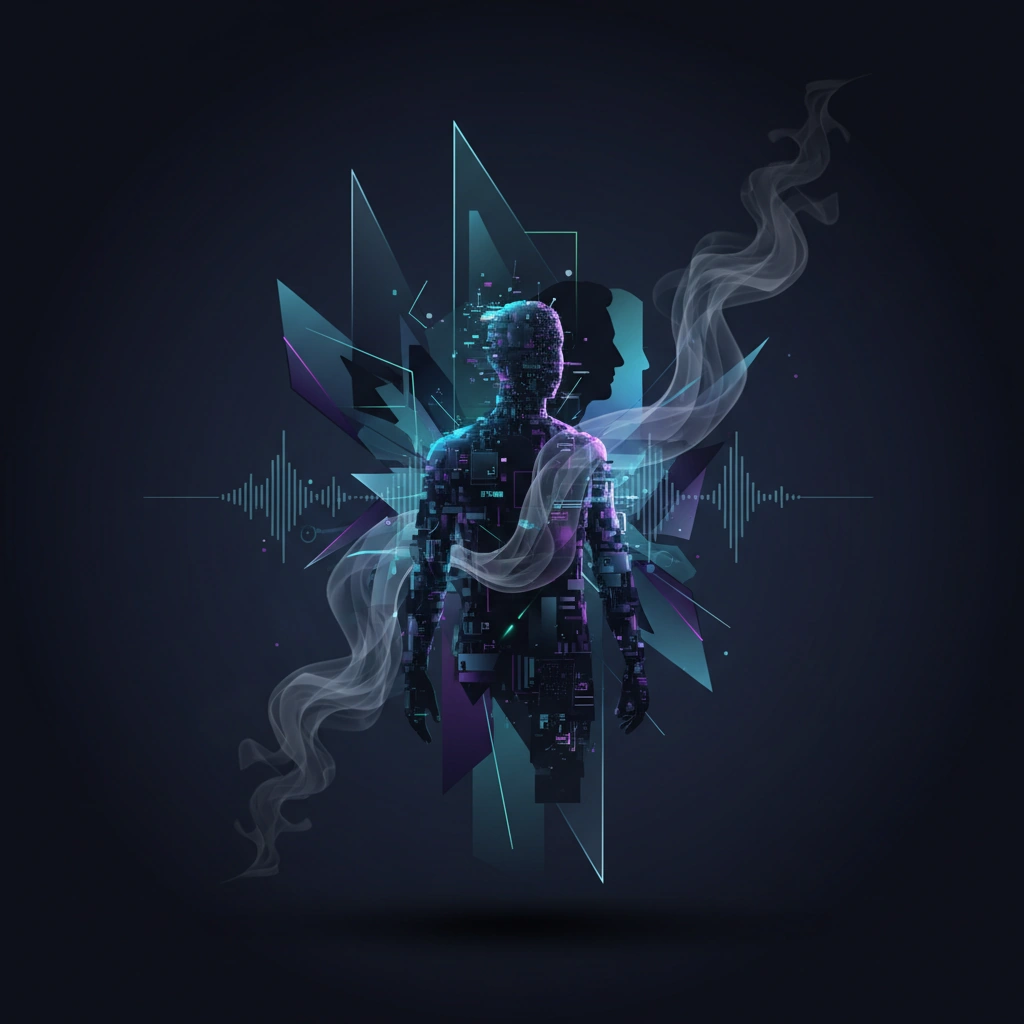AI Deepfake Shows Sonu Sood Backing Bihar Candidate
AI-manipulated video falsely depicts Bollywood actor Sonu Sood endorsing Bihar politician Khesari Yadav, highlighting synthetic media's growing role in Indian electoral politics as deepfakes target regional elections.

A sophisticated AI-manipulated video featuring Bollywood actor and philanthropist Sonu Sood has gone viral during India's Bihar state elections, falsely depicting him endorsing independent candidate Khesari Lal Yadav. The deepfake represents the latest example of synthetic media being weaponized to influence democratic processes in one of the world's largest democracies.
The fabricated video circulates as Bihar conducts crucial assembly elections, with political candidates increasingly turning to AI-generated content to manufacture celebrity endorsements and amplify their campaigns. This incident underscores the growing challenge of maintaining electoral integrity in an era where face-swapping technology and voice cloning have become accessible to political operatives.
The Political Context of AI Manipulation
Khesari Lal Yadav, a popular Bhojpuri film actor and singer, is contesting as an independent candidate in the Bihar elections. The deepfake video attempts to leverage Sonu Sood's substantial popularity and credibility—particularly his philanthropic work during the COVID-19 pandemic—to artificially boost Yadav's electoral prospects.
The timing of the deepfake's release during active campaigning suggests deliberate coordination to maximize voter influence before fact-checking mechanisms could effectively respond. This tactical deployment mirrors patterns observed in synthetic media operations globally, where AI-generated content spreads rapidly through social media networks before verification efforts gain traction.
Technical Characteristics of Electoral Deepfakes
While specific technical details about the Bihar deepfake remain limited, electoral manipulation videos typically employ face-swapping algorithms combined with voice synthesis to create convincing fabrications. Modern deepfake generation tools can produce realistic facial movements, lip-synchronization, and vocal characteristics that deceive casual viewers, particularly when consumed on mobile devices through messaging apps like WhatsApp—the primary distribution channel for political content in India.
The democratization of deepfake creation tools has lowered technical barriers, enabling political campaigns to generate synthetic endorsements without sophisticated infrastructure. Cloud-based AI services and accessible face-swapping applications have transformed what once required specialized expertise into operations manageable by campaign staff with minimal technical training.
India's Deepfake Challenge
This incident joins a growing catalog of AI-manipulated political content circulating during Indian elections. Recent months have witnessed deepfakes targeting prominent political figures including President Droupadi Murmu and Home Minister Amit Shah, demonstrating that synthetic media operations span local, state, and national electoral contexts.
India's linguistic diversity and regional political complexity create particular vulnerabilities to deepfake manipulation. Bihar's 130 million population speaks primarily Bhojpuri and Hindi, with media consumption heavily concentrated on regional social media channels where content moderation resources remain limited compared to English-language platforms.
Detection and Response Mechanisms
The identification of this deepfake likely involved analysis of visual artifacts, inconsistent lighting, unnatural facial movements, or audio-visual synchronization issues common in AI-generated content. Fact-checking organizations in India have developed protocols for rapidly assessing viral political videos, though detection capabilities struggle to match the scale and speed of synthetic media distribution.
Digital authenticity verification faces significant challenges in regional election contexts where voters may lack technical literacy to recognize manipulation indicators. The emotional appeal of celebrity endorsements, combined with confirmation bias among supporters, amplifies the effectiveness of political deepfakes regardless of their technical quality.
Implications for Electoral Integrity
The Bihar deepfake incident highlights the urgent need for comprehensive frameworks addressing synthetic media in democratic processes. Without clear legal consequences for electoral deepfakes, political operatives face minimal deterrents against deploying AI-generated misinformation.
Technical solutions including content authentication standards, platform-level detection systems, and voter education initiatives represent necessary but insufficient responses. The fundamental challenge lies in maintaining public trust in digital media when distinguishing authentic from synthetic content requires specialized expertise.
As AI video generation capabilities continue advancing, the gap between detection and creation technologies widens. Future electoral cycles will likely witness even more sophisticated deepfakes, potentially targeting not just celebrity endorsements but fabricating candidate statements, debate performances, or compromising situations designed to damage opponents.
The Sonu Sood deepfake serves as a microcosm of synthetic media's disruptive potential in democratic societies, demonstrating how AI-generated content can artificially manufacture political support and undermine the authenticity of public discourse during critical electoral periods.
Stay informed on AI video and digital authenticity. Follow Skrew AI News.



